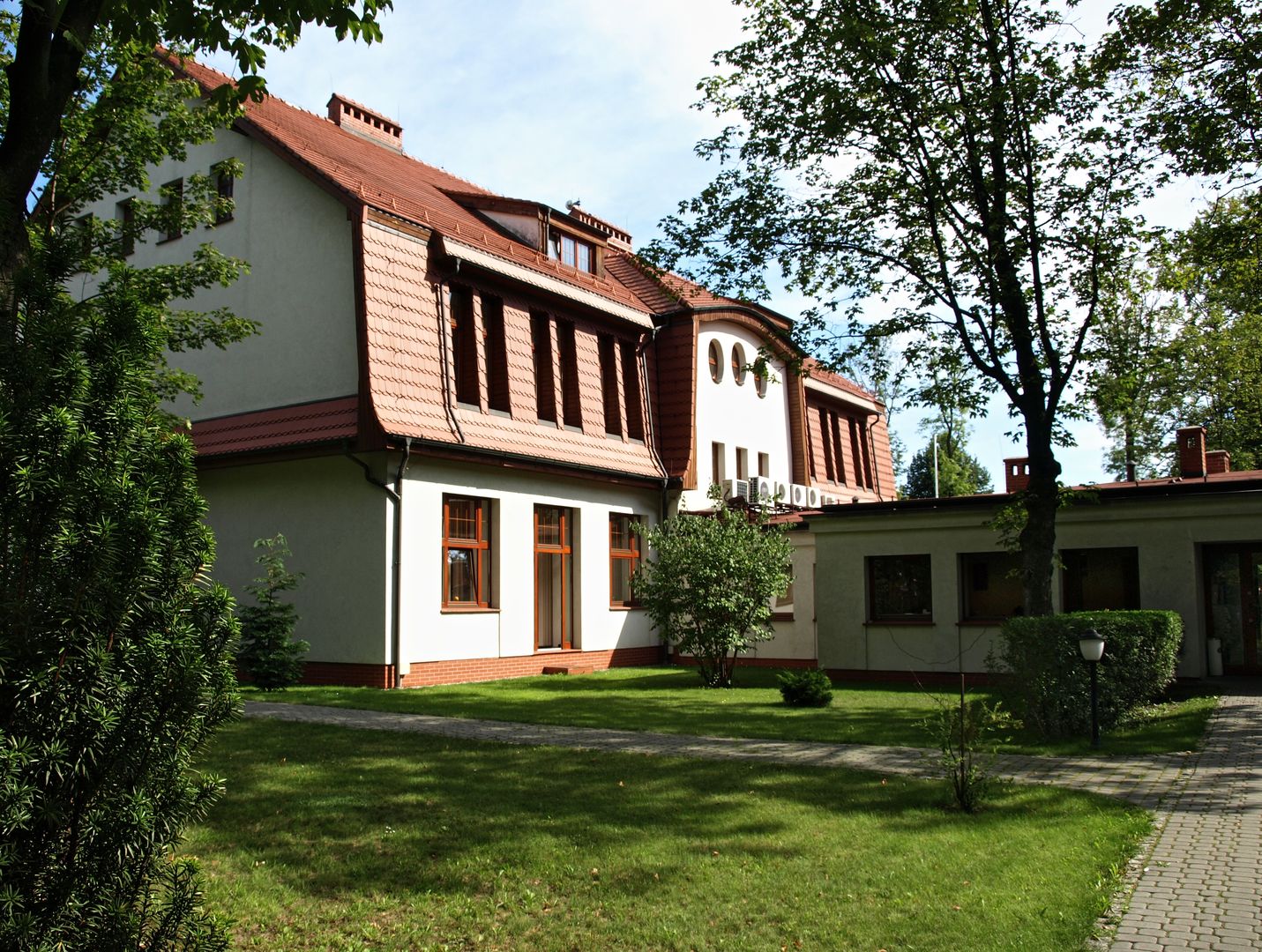Giszowiec
6.94

Overview
Giszowiec, a district of Katowice, is a unique company town designed between 1907 and 1910 by the Zillmann brothers for the workers of the "Giesche" coal mine (later renamed "Wieczorek"). Its architecture was inspired by traditional folk construction, consisting of 300 single-story houses with gardens. At the heart of the district lies Plac Pod Lipami (Under the Linden Trees Square), from which streets branch out leading to residential areas and public utility buildings such as schools, a post office, and an inn.
Giszowiec boasts numerous historical monuments, including parts of the workers' housing estate listed in the register of historic sites, as well as modern architectural projects like the Kasztany and Przyjazny Zakątek estates, which harmonize with the historical buildings. Culturally, Giszowiec has a rich history; since the early 20th century, it has been home to various organizations, including choirs, theaters, and sports clubs. During World War II, the local community was involved in underground resistance activities against the German occupiers.
Today, Giszowiec is an important stop on the Silesian Voivodeship's Industrial Monuments Trail, attracting tourists with its history and architecture. An interesting fact is that the first Polish female Olympian, Rozalia Kajzer-Piesiur, lived in Giszowiec, and renowned artists such as Ewald Gawlik were active here. The district also has strong mining traditions, and the social and economic changes after 1989 brought significant transformations to the social and architectural structure of this unique settlement.
Location
Tickets
Powered by GetYourGuide
2025 Wizytor | All Rights Reserved


